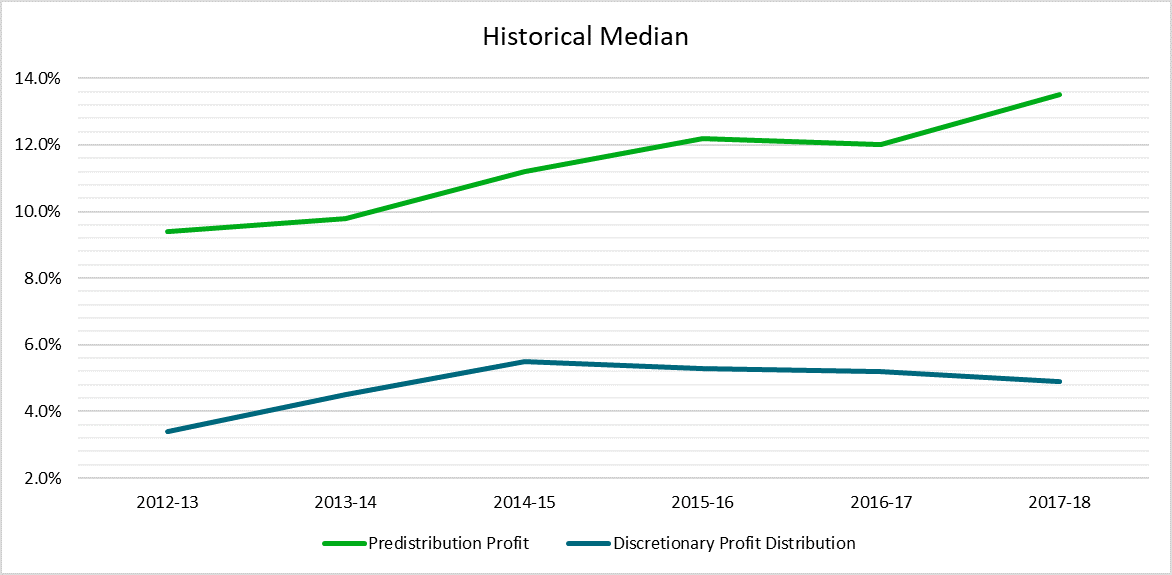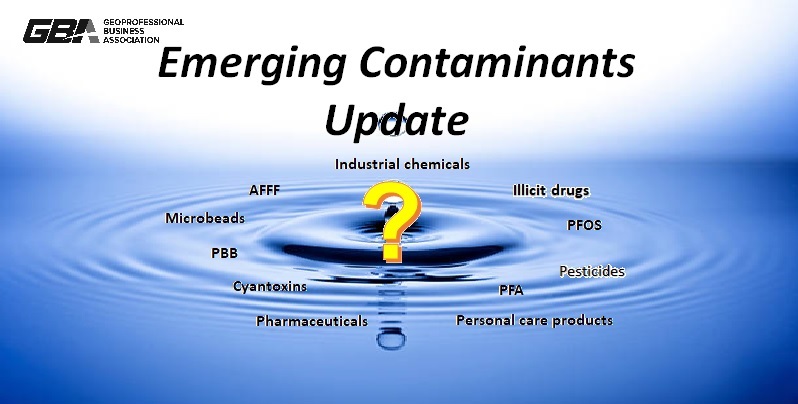What started out as a workshop among 50 industry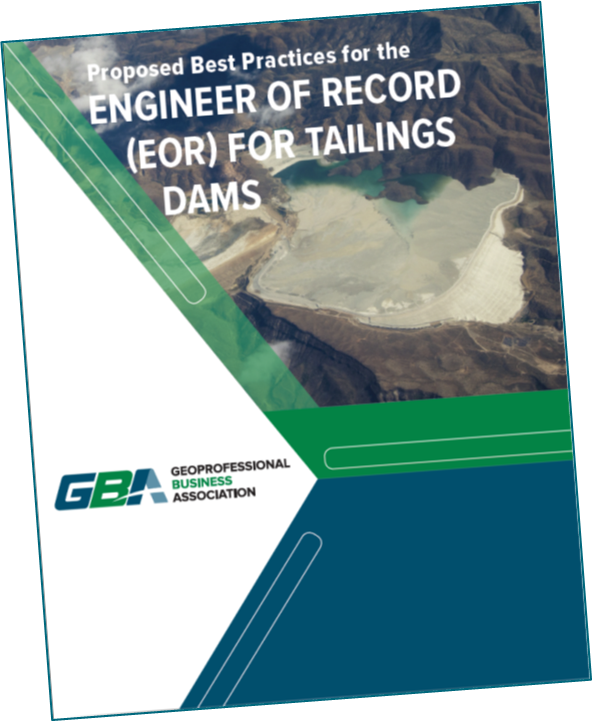 leaders to discuss the challenges of performing engineering services for mine tailings dams, resulted in a document that will guide mine owners, regulators, and practitioners toward a more efficient and safer approach to designing and maintaining mine tailings dams.
leaders to discuss the challenges of performing engineering services for mine tailings dams, resulted in a document that will guide mine owners, regulators, and practitioners toward a more efficient and safer approach to designing and maintaining mine tailings dams.
On January 26, 2017, GBA hosted over 50 industry leaders, subject matter experts, regulators, owners, and practitioners for a Tailings Engineer-of-Record (EOR) Workshop in Denver, Colorado. The event was designed to identify concerns of filling the role of the EOR’s for tailings storage facilities (TSF) projects and develop guidance for those working on TSF projects in the United States, Canada, and abroad. Kimberly F. Morrison P.E., R.G., (Newmont Goldcorp) a former GBA Board Member and Task Force Chair coordinated the workshop and was pleased by the support that she received from so many industry leaders from across North America. Ms. Morrison said, “In the wake of the Mount Polley (Canada) tailings dam failure in 2014 and the Samarco (Brazil) tailings dam failure in 2015, the issue of EOR for tailings storage facilities (TSFs) has become an industry-wide issue. This impressive group gathered to review available information, share professional opinions, and start preparing guidance for all in this industry.
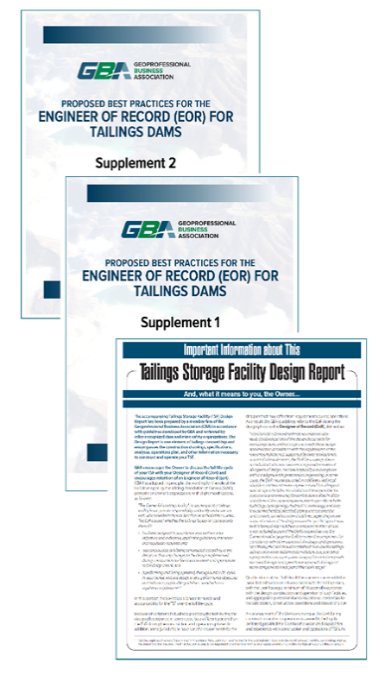 In October 2018, GBA published the Proposed Best Practices for the Engineer of Record (EOR) for Tailings Dams. This document was prepared with input from the workshop and additional contributions of the Alberta Dam Integrity Advisory Committee (DIAC), Association of State Dam Safety Officials (ASDSO), Canadian Dam Association (CDA) and the United States Society on Dams (USSD). The document is supported by two supplemental documents and a just published; Important Information about this Tailings Storage Facility Design Report which is now available for distribution.
In October 2018, GBA published the Proposed Best Practices for the Engineer of Record (EOR) for Tailings Dams. This document was prepared with input from the workshop and additional contributions of the Alberta Dam Integrity Advisory Committee (DIAC), Association of State Dam Safety Officials (ASDSO), Canadian Dam Association (CDA) and the United States Society on Dams (USSD). The document is supported by two supplemental documents and a just published; Important Information about this Tailings Storage Facility Design Report which is now available for distribution.
A special thanks to GBA’s Tailings Engineer of Record Task Force Chair Kimberly Morrison, Robert “Bob” Snow (D’Appolonia), and Sara Menase (GBA), for their many hours writing and editing the documents. Thanks also to the Member Firms who sponsored the workshop all those who contributed to this effort. The Task Force is supported by GBA’s Geotechnical Business Council.
GBA’s Tailings Engineer of Record Task Force Members are:
Kimberly Finke Morrison, P.E., R.G. (CMOC International), John Baker, P.E. (BGC Engineering USA Inc.), Jeremy Boswell (Thurber Engineering, Ltd.), Peter H. Bush, P.E. (Fugro USA Land, Inc.), Brett Richard Byler (WOOD), Dean B. Durkee, Ph.D., P.E. (Gannett Fleming, Inc.), Peter Duvigneaud (Haley & Aldrich, Inc.), Gordan Gjerapic, Ph.D. (Golder Associates Inc.), Christopher Hatton, P.E. (Haley & Aldrich, Inc.), Richard D. Heckel, P.E., D.GE. (Ardent Geotechnical Consultants LLC), Keith Mobley, P.E., G.E. (Northern Geotechnical Engineering – Terra Firma Testing), Joergen – Pilz, P.E., P.G. (Golder Associates Inc.), Michael Gilbert Rowland, P.E. (S&ME, Inc.), Robert E. Snow, P.E. (D’Appolonia Engineering Division of Ground Technology, Inc.), Alex Sy, Ph.D., P.Eng. (Klohn Crippen Berger Ltd.)
The Task Force and resulting documents are examples of GBA’s ability to positively impact our industry through planning, collaboration, and ability to complete assignments expeditiously.
Download Proposed Best Practices for the Engineer of Record (EOR) for Tailings Dams
Download Important Information About This Tailings Storage Facility Design Report
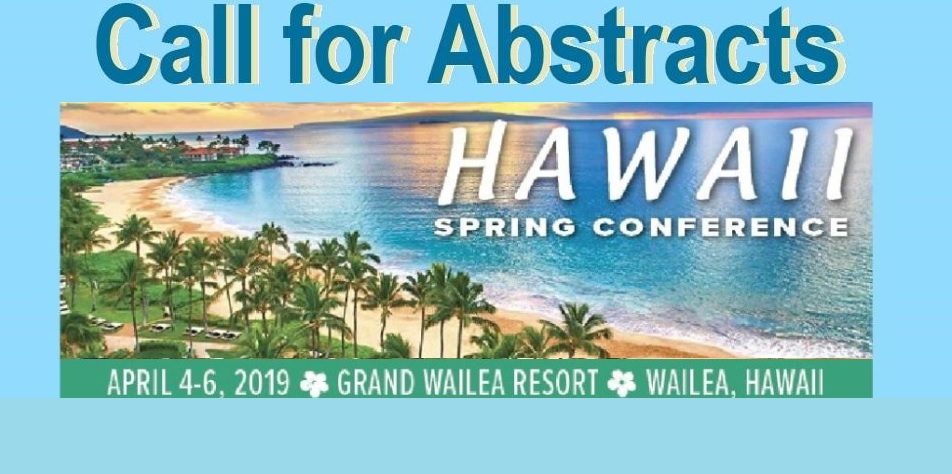 Call for Abstracts – 2019 Spring Conference – Maui, Hawaii
Call for Abstracts – 2019 Spring Conference – Maui, Hawaii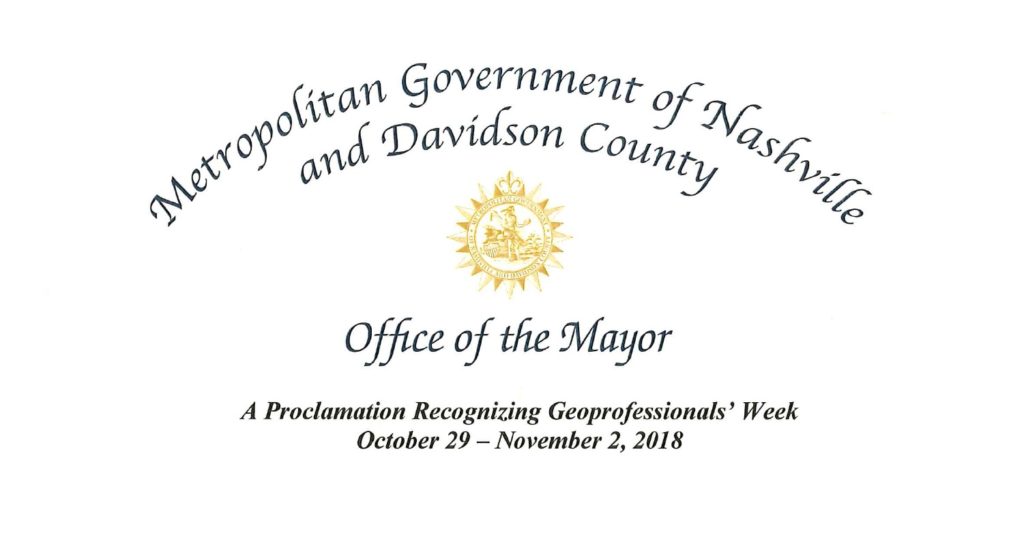
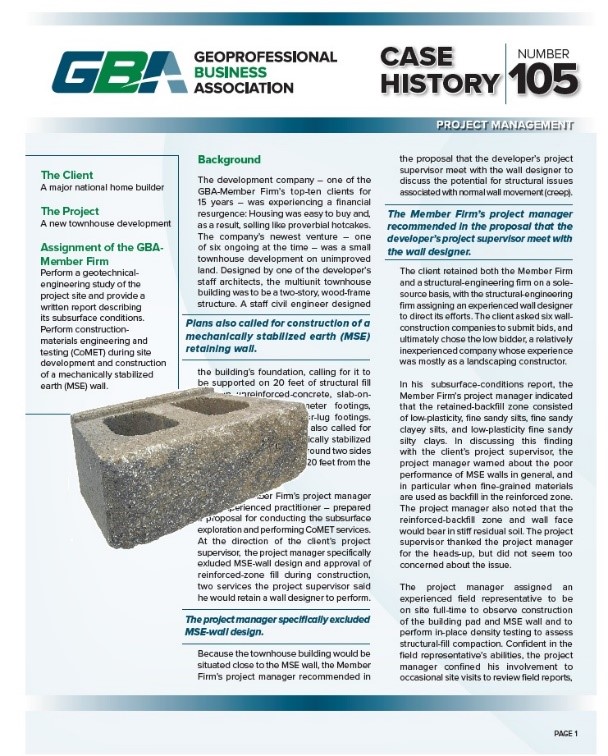 experienced field representative to be on site full time to observe construction of the building pad and MSE wall. Confident in the field representative’s abilities, the project manager confined his involvement to occasional site visits and preparation of written progress reports. Unfortunately, communication between the two was poor, field reports were not thoroughly reviewed, and significant issues that compromised the project including changes in design were missed.
experienced field representative to be on site full time to observe construction of the building pad and MSE wall. Confident in the field representative’s abilities, the project manager confined his involvement to occasional site visits and preparation of written progress reports. Unfortunately, communication between the two was poor, field reports were not thoroughly reviewed, and significant issues that compromised the project including changes in design were missed.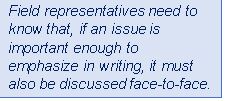 GBA has a tradition of collaborating on issues that impact the geoprofessions through GBA Case Histories. GBA Case Histories provide unprecedented real-world learning examples related to project and business management. Learn where others went wrong, how they handled their problems, and how you can learn from their experiences to avoid the same problems in the future.
GBA has a tradition of collaborating on issues that impact the geoprofessions through GBA Case Histories. GBA Case Histories provide unprecedented real-world learning examples related to project and business management. Learn where others went wrong, how they handled their problems, and how you can learn from their experiences to avoid the same problems in the future. leaders to discuss the challenges of performing engineering services for mine tailings dams, resulted in a document that will guide mine owners, regulators, and practitioners toward a more efficient and safer approach to designing and maintaining mine tailings dams.
leaders to discuss the challenges of performing engineering services for mine tailings dams, resulted in a document that will guide mine owners, regulators, and practitioners toward a more efficient and safer approach to designing and maintaining mine tailings dams. In October 2018, GBA published the Proposed Best Practices for the Engineer of Record (EOR) for Tailings Dams. This document was prepared with input from the workshop and additional contributions of the Alberta Dam Integrity Advisory Committee (DIAC), Association of State Dam Safety Officials (ASDSO), Canadian Dam Association (CDA) and the United States Society on Dams (USSD). The document is supported by two supplemental documents and a just published; Important Information about this Tailings Storage Facility Design Report which is now available for distribution.
In October 2018, GBA published the Proposed Best Practices for the Engineer of Record (EOR) for Tailings Dams. This document was prepared with input from the workshop and additional contributions of the Alberta Dam Integrity Advisory Committee (DIAC), Association of State Dam Safety Officials (ASDSO), Canadian Dam Association (CDA) and the United States Society on Dams (USSD). The document is supported by two supplemental documents and a just published; Important Information about this Tailings Storage Facility Design Report which is now available for distribution.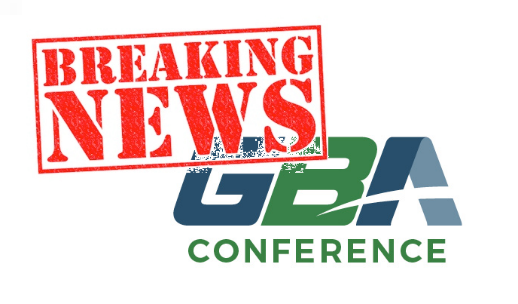 and Maui (April 4-6, 2019), GBA has finalized plans for the Fall 2019 at the Omni Hotel in Louisville Kentucky and Spring 2020 at the J.W. Marriott Sawgrass Resort. GBA’s Executive Director, Joel Carson said, “I am thrilled to have been able to finalize agreements for these two great locations. I am confident our members will find these to be exceptional venues to hold our annual meetings.”
and Maui (April 4-6, 2019), GBA has finalized plans for the Fall 2019 at the Omni Hotel in Louisville Kentucky and Spring 2020 at the J.W. Marriott Sawgrass Resort. GBA’s Executive Director, Joel Carson said, “I am thrilled to have been able to finalize agreements for these two great locations. I am confident our members will find these to be exceptional venues to hold our annual meetings.”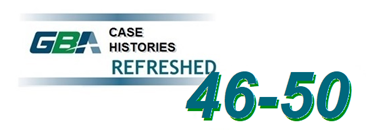 members for loss prevention discussions in support of professional development and mentoring. That is why GBA case histories are so valuable, and why GBA is updating them all, while adding new ones, too. We are halfway there as five more case histories have been re-issued.
members for loss prevention discussions in support of professional development and mentoring. That is why GBA case histories are so valuable, and why GBA is updating them all, while adding new ones, too. We are halfway there as five more case histories have been re-issued.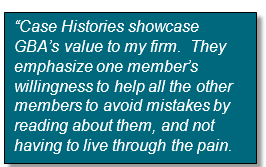
 Bisphenol-A (BPA) is a colorless solid that is poorly soluble in water, and durable,making it suitable for use in creating some plastics. It can be found in common consumer goods such as sports equipment,DVDs, and some water bottles (not as much any longer) . BPA epoxy resins were previously, and sometimes still are, used as lining in food/beverage cans. They are still currently used in thermal papers like receipts and other “glossy” papers.
Bisphenol-A (BPA) is a colorless solid that is poorly soluble in water, and durable,making it suitable for use in creating some plastics. It can be found in common consumer goods such as sports equipment,DVDs, and some water bottles (not as much any longer) . BPA epoxy resins were previously, and sometimes still are, used as lining in food/beverage cans. They are still currently used in thermal papers like receipts and other “glossy” papers.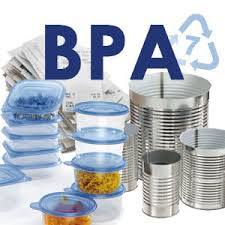
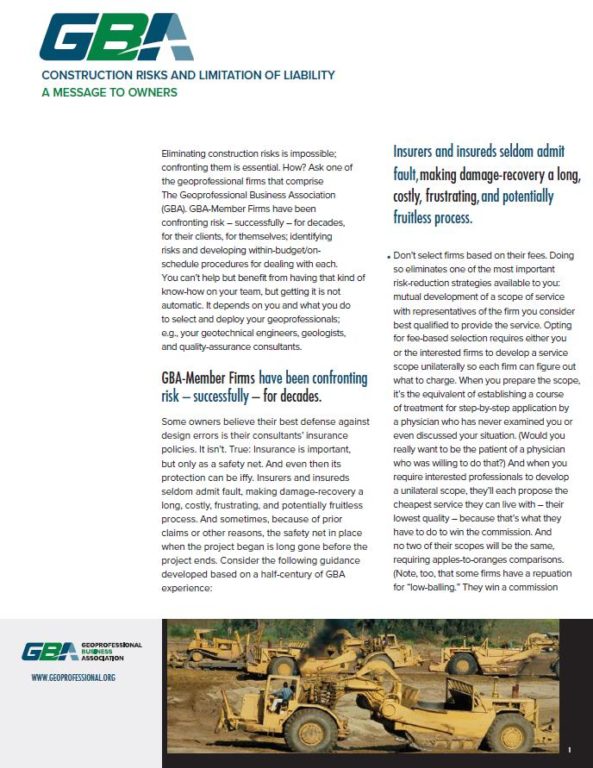 this concise flyer points out effective means for managing risks, including limitation of liability. It explains that limitation of liability is not only a fair and reasonable approach, it can also result in lower construction costs while also encouraging design excellence.
this concise flyer points out effective means for managing risks, including limitation of liability. It explains that limitation of liability is not only a fair and reasonable approach, it can also result in lower construction costs while also encouraging design excellence.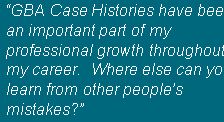 geotechnical-engineering study, report with criteria and recommendations, and provide on-call consultation to support design and construction of a roadway subdrainage system and related structures. Read how drought conditions and a belligerent landowner impacted this project.
geotechnical-engineering study, report with criteria and recommendations, and provide on-call consultation to support design and construction of a roadway subdrainage system and related structures. Read how drought conditions and a belligerent landowner impacted this project.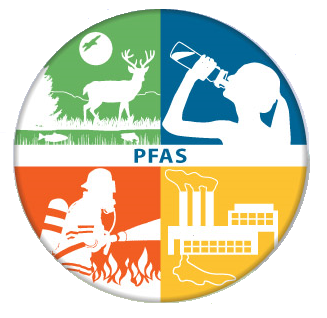 Per- and Poly-fluorinated alkyl substances (PFAs) concerns in the environment are one of the hottest emerging environmental topics in the country. The compounds, developed in the 1950’s, have been used in a wide variety of everyday products including paper and plastics, water resistant fabrics coatings such as Gore-tex, non-stick coatings including Teflon, paper and packaging products, and stain resistant carpet and fabric coatings. Along with the processes and facilities responsible for the production of the goods, as the final repository for societal waste, PFAs are increasingly showing up in landfill leachate as the leaching process takes place within the landfill mass.
Per- and Poly-fluorinated alkyl substances (PFAs) concerns in the environment are one of the hottest emerging environmental topics in the country. The compounds, developed in the 1950’s, have been used in a wide variety of everyday products including paper and plastics, water resistant fabrics coatings such as Gore-tex, non-stick coatings including Teflon, paper and packaging products, and stain resistant carpet and fabric coatings. Along with the processes and facilities responsible for the production of the goods, as the final repository for societal waste, PFAs are increasingly showing up in landfill leachate as the leaching process takes place within the landfill mass. suppressants, commonly referred to aqueous fire-fighting foam (AFFF), have been extensively used to contain fires at fuel refineries,industrial complexes, airports, and fire training facilities. Developed prior to the increasing concern of potential adverse health effects of PFAs and phased out both in the US and globally, AFFF is a significant source of PFAs.
suppressants, commonly referred to aqueous fire-fighting foam (AFFF), have been extensively used to contain fires at fuel refineries,industrial complexes, airports, and fire training facilities. Developed prior to the increasing concern of potential adverse health effects of PFAs and phased out both in the US and globally, AFFF is a significant source of PFAs.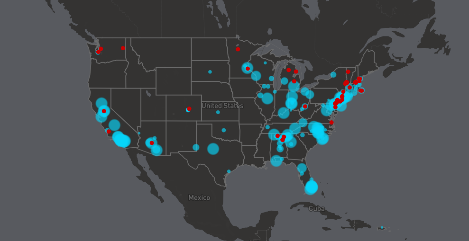 Assessing the water supplies is a specialized process since the laboratory detection levels are looking at ppt levels Parts per trillion can be equated to a drop of water in the volume of a large scale supermarket warehouse! At these detection levels, particular caution needs to be taken to not introduce contamination from surfaces that could contain PFAs such as treated clothing, plastic containers, etc.
Assessing the water supplies is a specialized process since the laboratory detection levels are looking at ppt levels Parts per trillion can be equated to a drop of water in the volume of a large scale supermarket warehouse! At these detection levels, particular caution needs to be taken to not introduce contamination from surfaces that could contain PFAs such as treated clothing, plastic containers, etc.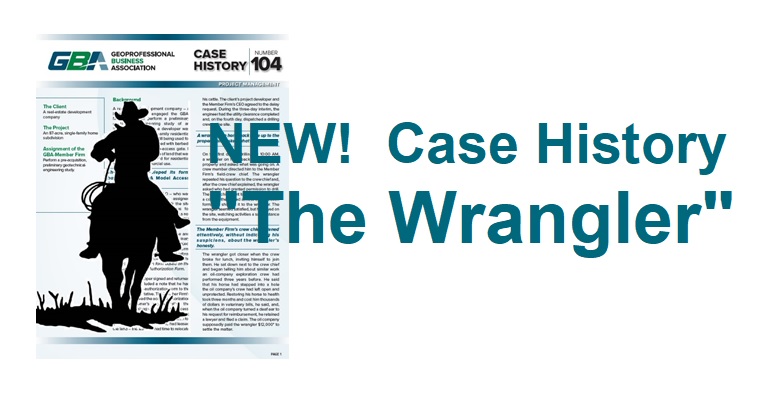
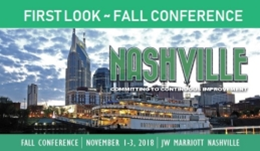
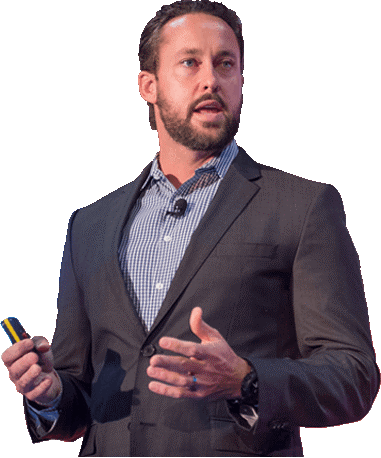


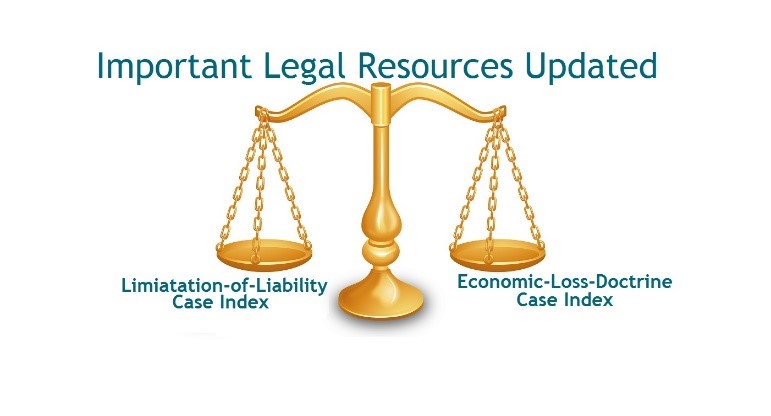 The Geoprofessional Business Association (GBA) has published new editions of two important legal references, both prepared for design professionals without use of “legalese”; both available free of charge.
The Geoprofessional Business Association (GBA) has published new editions of two important legal references, both prepared for design professionals without use of “legalese”; both available free of charge. 
